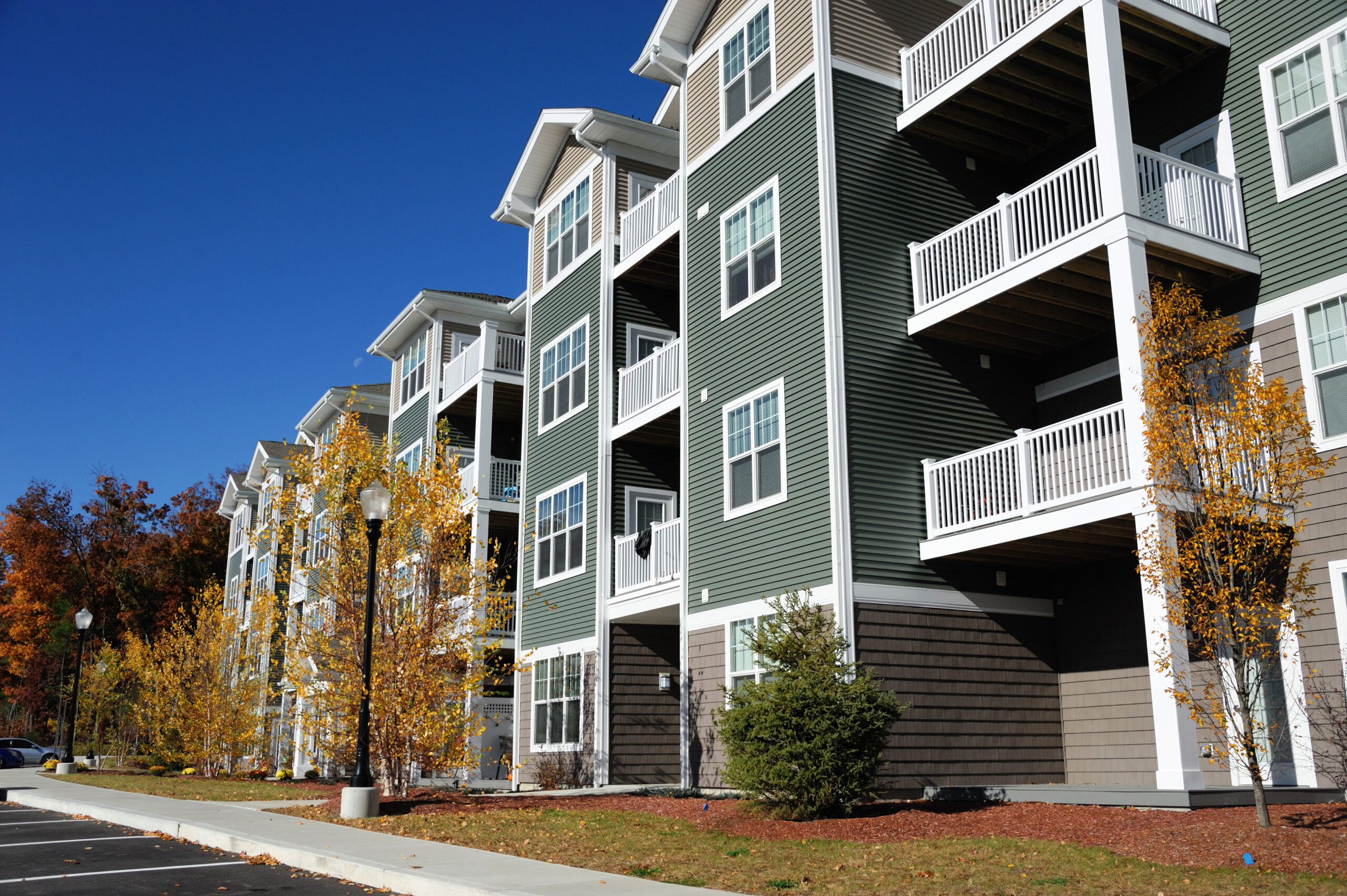
How to Achieve Net Zero in an Apartment Building
In an era of increasing environmental awareness and the pressing need to reduce our carbon footprint, the concept of achieving net-zero energy in apartment buildings has gained significant attention. Net-zero buildings are those that generate as much energy as they consume over the course of a year. While the journey towards net zero may seem ambitious, it is an achievable goal, even for apartment complexes. In this blog post, we will explore some key strategies and steps to help apartment building owners and managers achieve net-zero energy.
Energy Efficiency Measures
The first step in achieving net zero is to maximize energy efficiency. This includes:
Upgraded Insulation: Improve insulation in walls, roofs, and windows to reduce heat loss and gain.
Energy-Efficient Appliances: Install energy-efficient appliances and lighting throughout the building to reduce electricity consumption.
Sealing Air Leaks: Seal gaps and cracks in the building envelope to prevent air leakage, which can account for a significant portion of energy loss.
Renewable Energy Sources
Integrating renewable energy sources is crucial for achieving net-zero status:
Solar Panels: Installing solar panels on the building’s roof or surrounding areas can generate clean energy to offset consumption.
Wind Turbines: Depending on location and feasibility, small wind turbines may be an option to generate wind energy.
Efficient Heating and Cooling Systems
Heating, ventilation, and air conditioning (HVAC) systems are among the largest energy consumers in apartment buildings
High-Efficiency HVAC: Upgrade to high-efficiency HVAC systems and implement regular maintenance to optimize performance.
Combi Boilers: Consider geothermal systems, which use the Earth’s temperature for heating and cooling
Mini-Splits.
Smart Building Management
Implement smart building management systems that:
Monitor Energy Usage: Continuously monitor and analyze energy consumption to identify areas for improvement.
Demand Response: Implement demand response programs to reduce energy use during peak periods.
Occupancy Sensors: Install occupancy sensors to control lighting and HVAC based on occupancy.
Energy Storage
Utilize energy storage systems, such as batteries, to store excess energy generated during the day for use during peak hours or at night.
Tenant Engagement
Engage with tenants to promote energy conservation:
Education: Educate tenants about energy-saving practices and the benefits of a net-zero building.
Incentives: Offer incentives, such as reduced rent or utility costs, for tenants who actively contribute to energy savings.
Monitoring and Maintenance
Regularly monitor the building’s energy performance and conduct routine maintenance to ensure all systems are operating at peak efficiency.
Benchmarking and Certification
Consider benchmarking your apartment building’s energy performance and pursuing green building certifications, such as LEED or ENERGY STAR, to showcase your commitment to sustainability.
Conclusion
Achieving net zero in an apartment building is an ambitious but achievable goal that not only reduces the carbon footprint but also leads to long-term cost savings for building owners and tenants. By implementing a combination of energy-efficient measures, renewable energy sources, and tenant engagement strategies, apartment buildings can make significant progress toward net-zero energy consumption. As sustainability becomes increasingly important, net-zero apartment buildings represent a promising path to a greener and more sustainable future for urban living.

This post is amazing, it is extremely thorough and in depth.
Comments are closed.